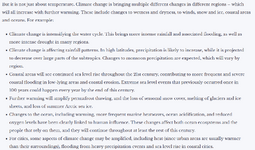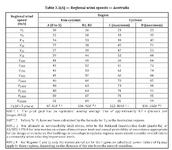hokie66
Structural
- Jul 19, 2006
- 22,827
As one wag says, these things are supposed to be wind turbines, not gentle breeze generators.

 www.abc.net.au
www.abc.net.au
Wind turbine falls in Victorian storms prompting call for safety audit
Authorities are working to investigate the collapse of a wind turbine at the Berrybank Wind Farm, west of Geelong.





